In the world of allotment gardening, a revolutionary concept has taken root and is steadily gaining popularity – no-dig gardening. This approach to gardening was pioneered by Charles Dowding an English horticulturalist. Breaking away from traditional cultivation methods that involve turning and digging the soil, no-dig gardening offers a gentler approach that not only reduces physical strain but also promotes soil health and fertility. When I first heard about the no-dig approach I knew it was the right approach for me when taking on my allotment garden.
Understanding No-Dig Gardening
At its core, no-dig gardening is about respecting the natural structure of the soil ecosystem. Instead of disturbing the soil layers, gardeners add organic matter on top, creating a nutrient-rich environment for plants. This method is not only time-efficient but also encourages a thriving soil biome, which is crucial for plant growth. It also is a lot easier to do when you have 4 children in tow at the allotment as I often have. No-dig gardening with kids is a no brainer.
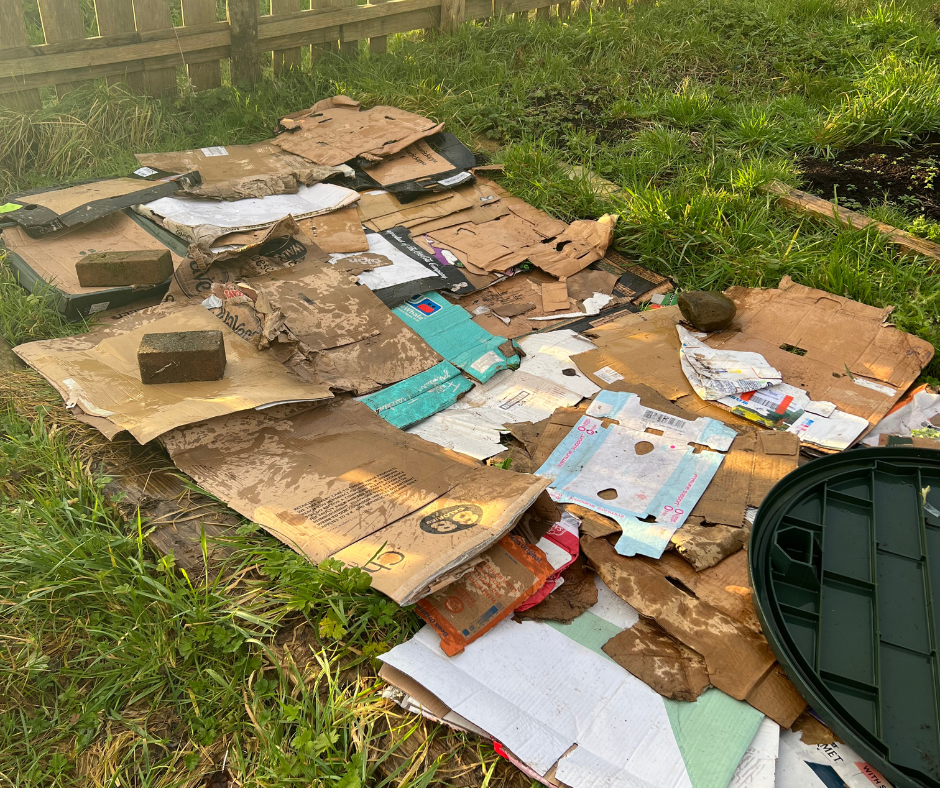
The Benefits of No-Dig Allotment Gardening
1. Preserving Soil Structure:
Traditional digging can disrupt the intricate layers of the soil, leading to the degradation of its structure. No-dig gardening preserves the natural stratification of soil, allowing for better water retention, aeration, and nutrient distribution.
2. Weed Suppression:
By adding a layer of organic mulch or compost, no-dig gardeners create a barrier that suppresses weed growth. This natural mulch also helps in retaining soil moisture and regulating temperature.
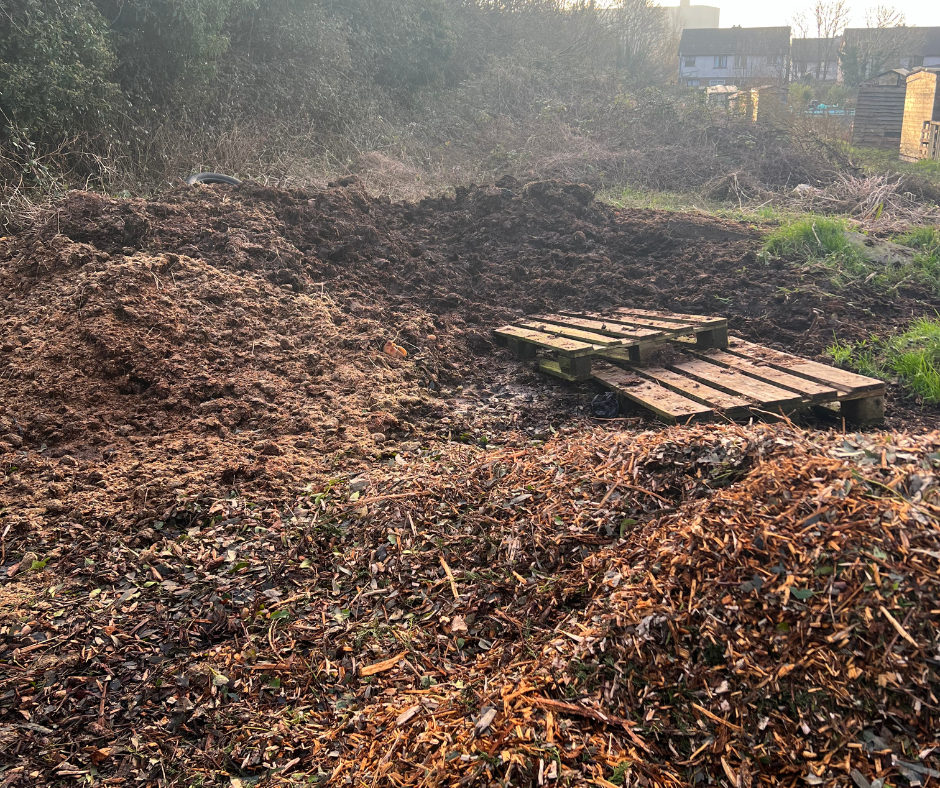
3. Reduced Soil Erosion:
Digging can expose soil to erosion by wind and water. No-dig methods protect the topsoil, preventing erosion and safeguarding the valuable nutrients that plants depend on for their growth.
4. Improved Soil Fertility:
Regular additions of organic matter on the surface enhance soil fertility. As organic materials break down, they release nutrients gradually, providing a sustained source of nourishment for plants.
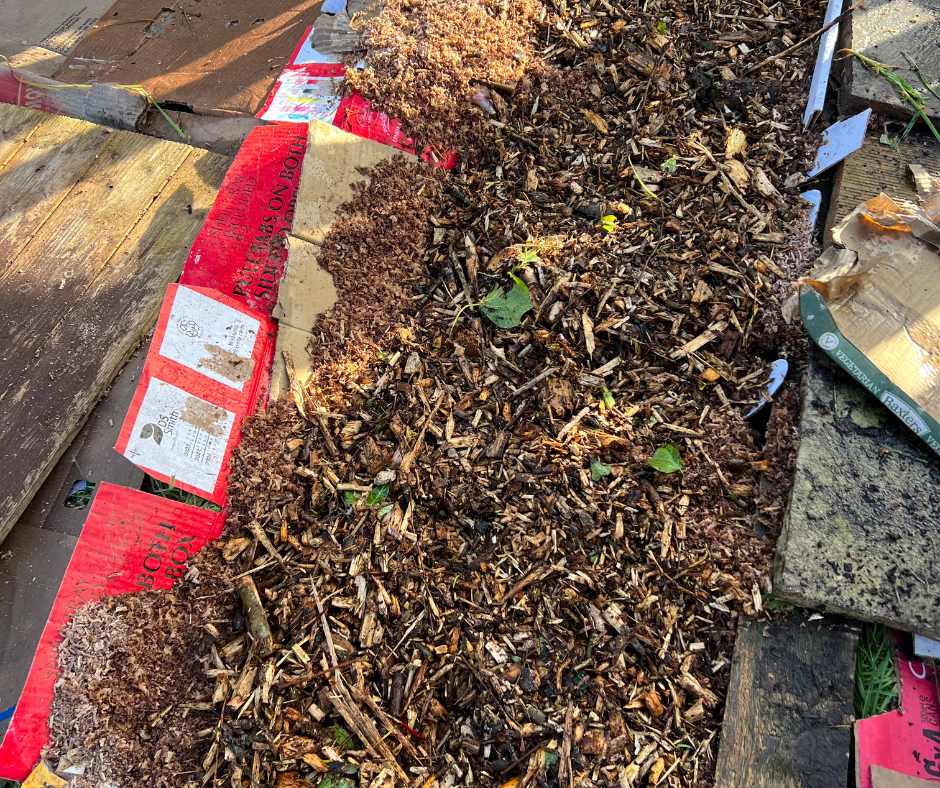
5. Minimal Disturbance to Beneficial Organisms:
Traditional digging can disrupt the habitat of beneficial microorganisms and earthworms. No-dig gardening allows these organisms to thrive undisturbed, contributing to a healthy and balanced soil ecosystem.
How to Implement No-Dig Gardening in Your Allotment
1. Prepare the Ground:
Begin by clearing the area of weeds and debris. Lay a thick layer of cardboard or newspaper over the soil surface to suppress existing vegetation.
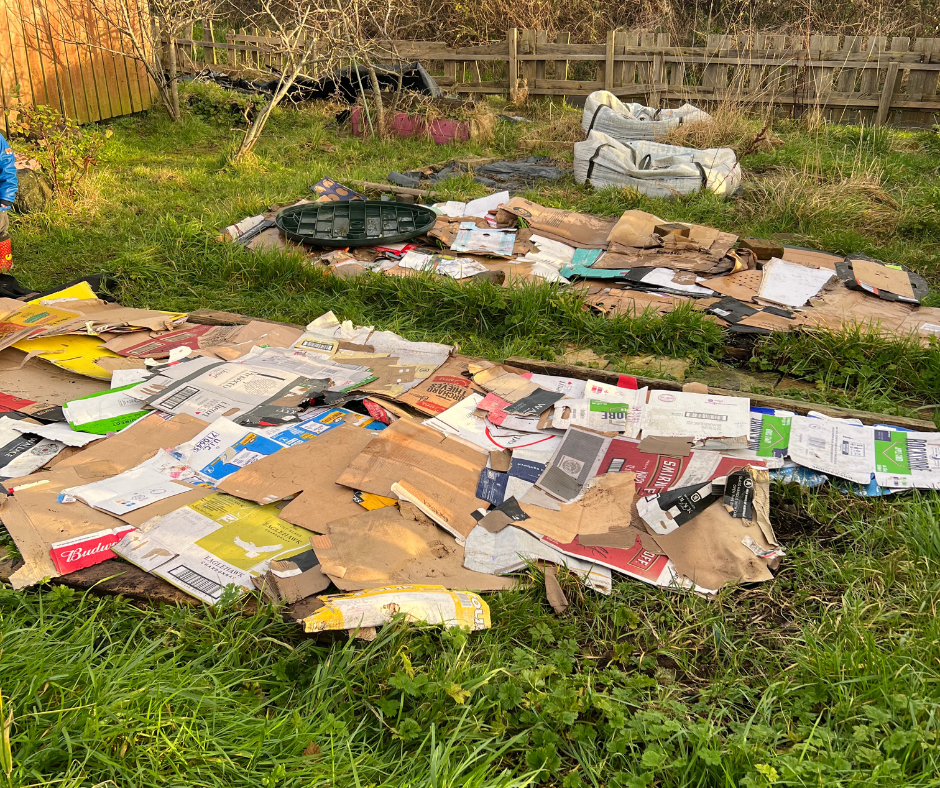
2. Add Organic Matter:
Apply a generous layer of organic matter such as compost, well-rotted manure, or straw on top of the cardboard. This will act as a nutrient-rich mulch that nourishes the soil over time.
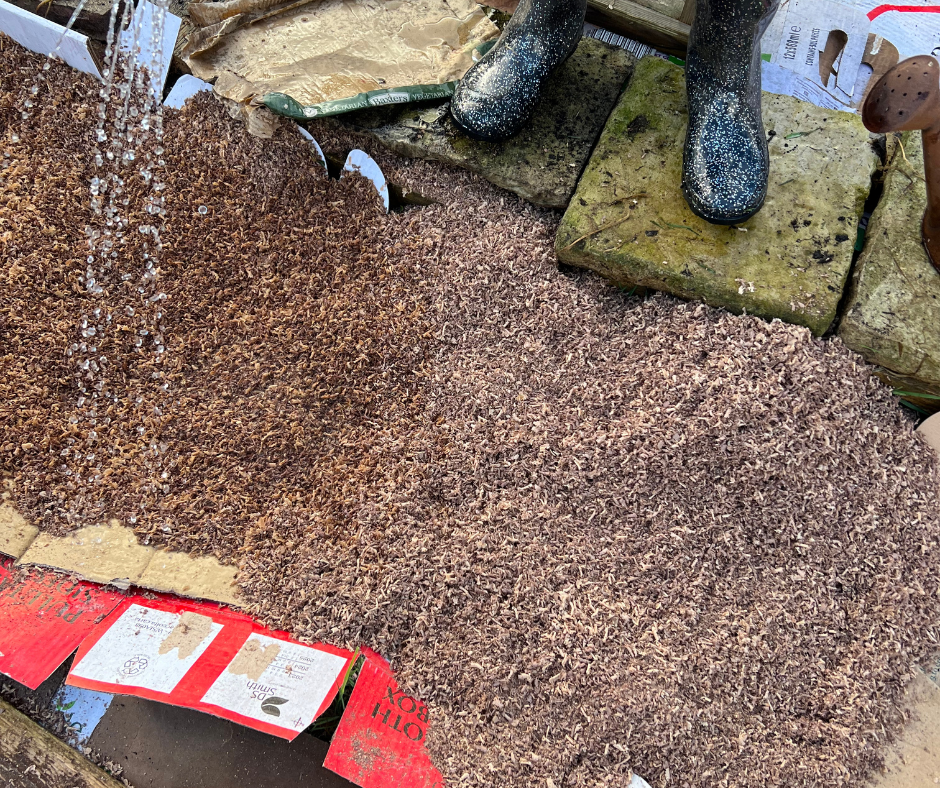
3. Planting in No-Dig Beds:
Create planting pockets by gently pushing aside the mulch and planting directly into the soil. This method reduces disturbance to the underlying layers while allowing for easy placement of seeds or seedlings.
4. Mulch Regularly:
To maintain the no-dig system, continue mulching throughout the growing season. This not only suppresses weeds but also enriches the soil as the organic matter breaks down.
Closing Thoughts
No-dig allotment gardening is more than a gardening method; it’s a philosophy that embraces the wisdom of working with nature rather than against it. By adopting this gentle approach, allotment gardeners can cultivate thriving, resilient ecosystems that yield bountiful harvests while respecting the delicate balance of the soil. So, if you’re looking to embark on a gardening journey that works with the natural world, consider giving no-dig gardening a try – your allotment and the environment will thank you for it.

I have tried this method previously, using cardboard. But there were 3 layers in that system. One layer was of bark which also suppressed weed growth. Unfortunately, my husband took an interest and spread the bark too thinly, which allowed weed growth and then he declared it as not working! I’ll try it again sometime and send him out tili have it done. 🙂